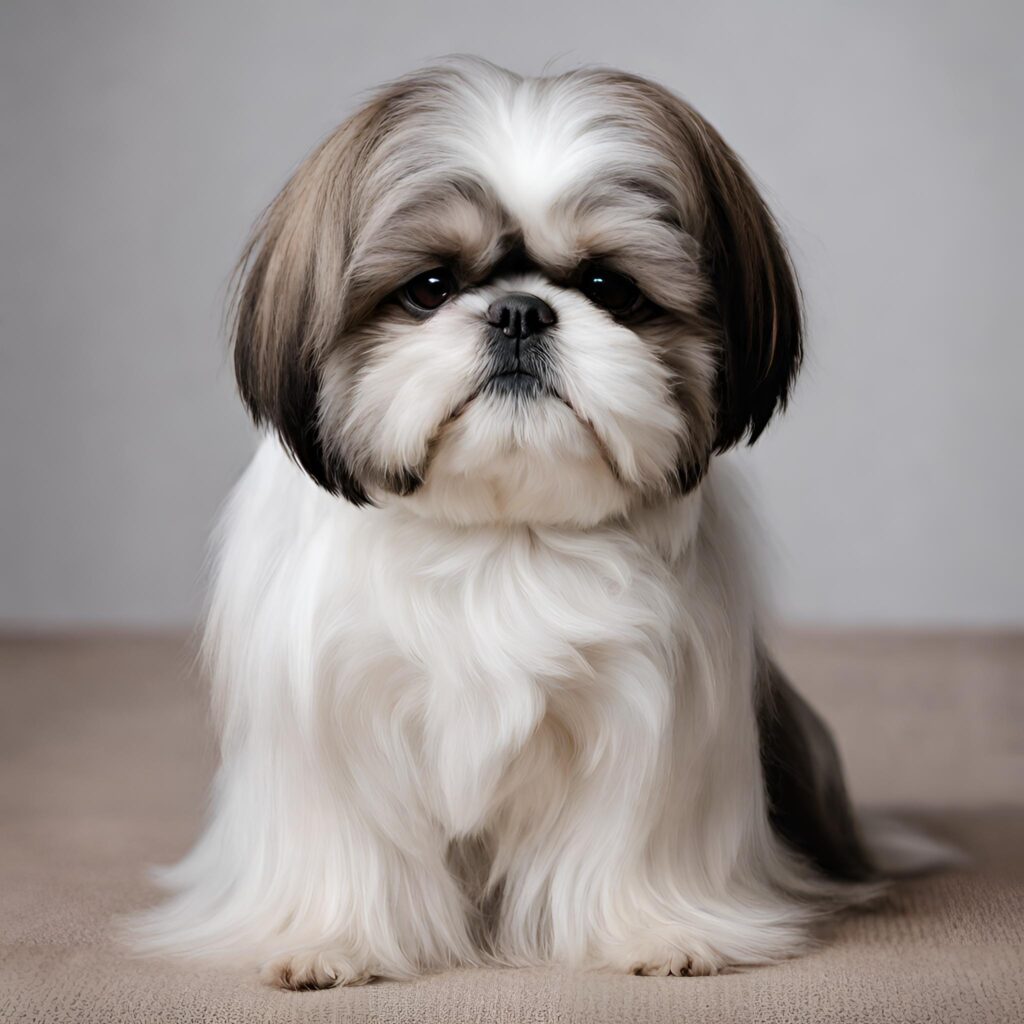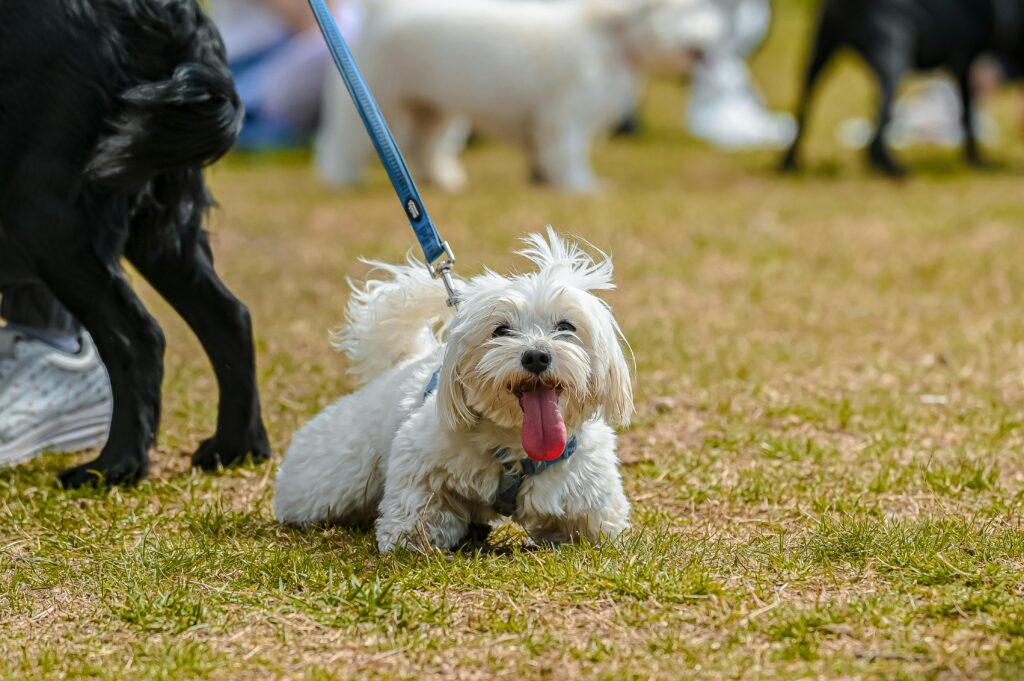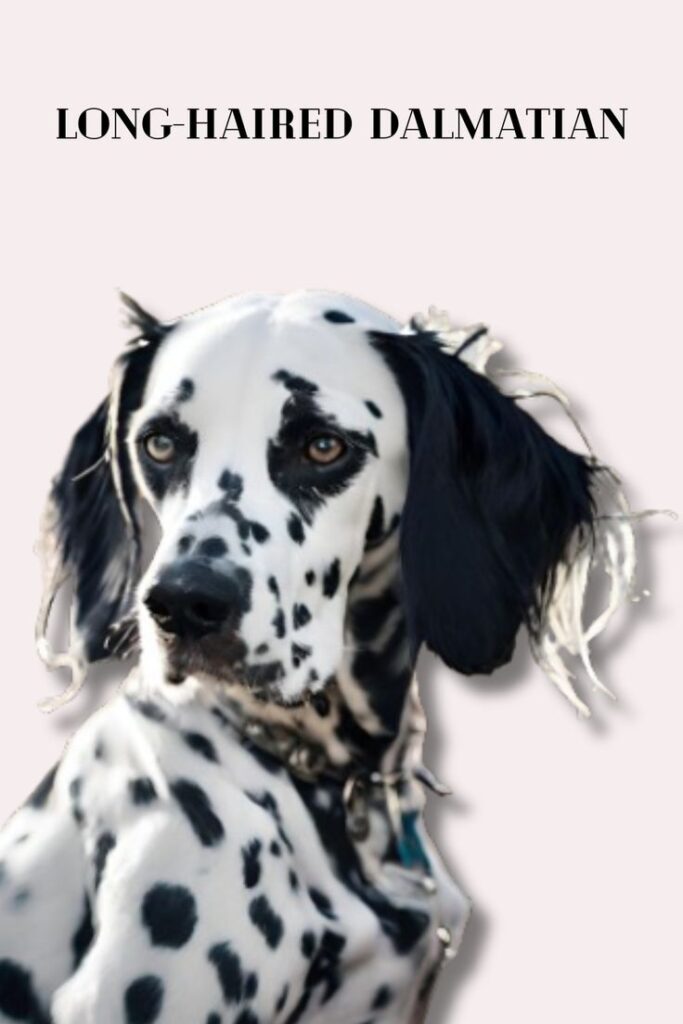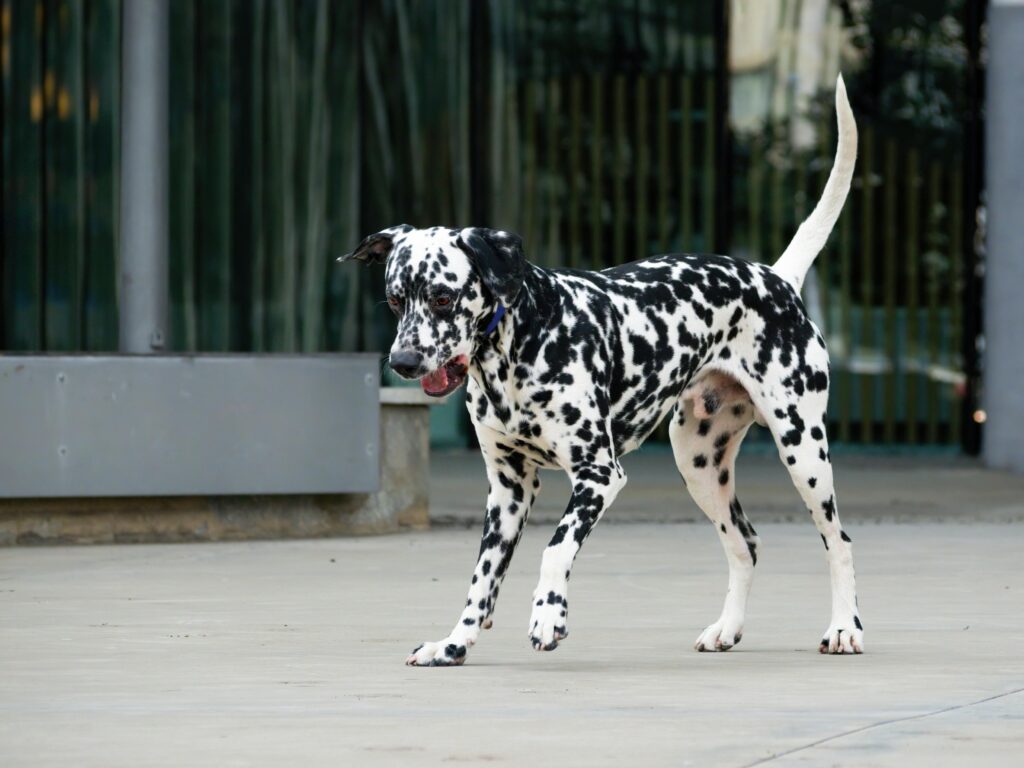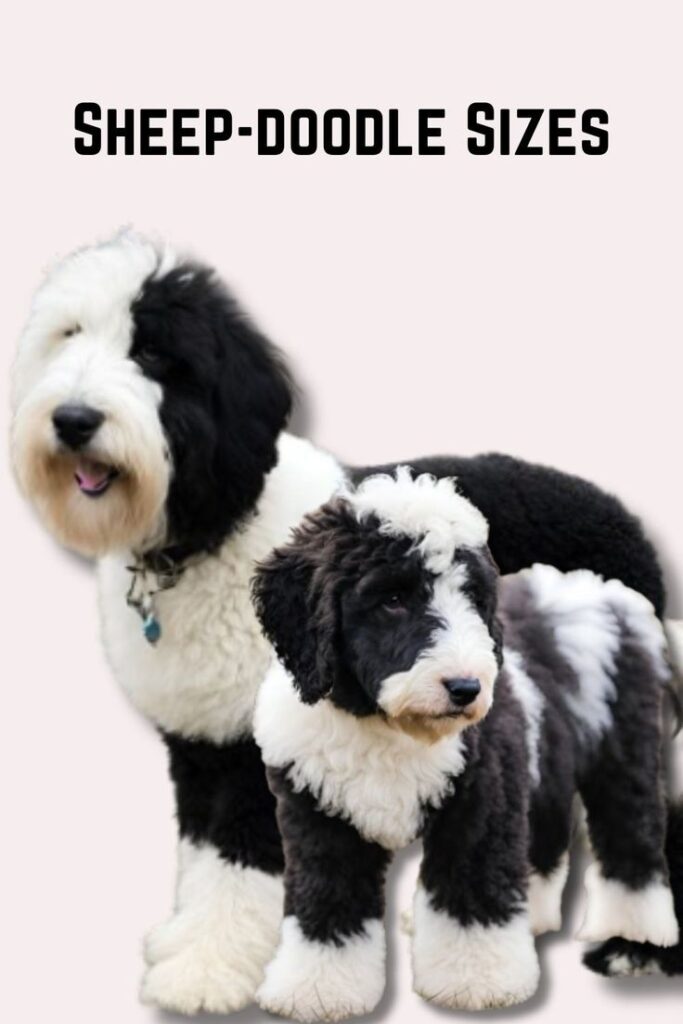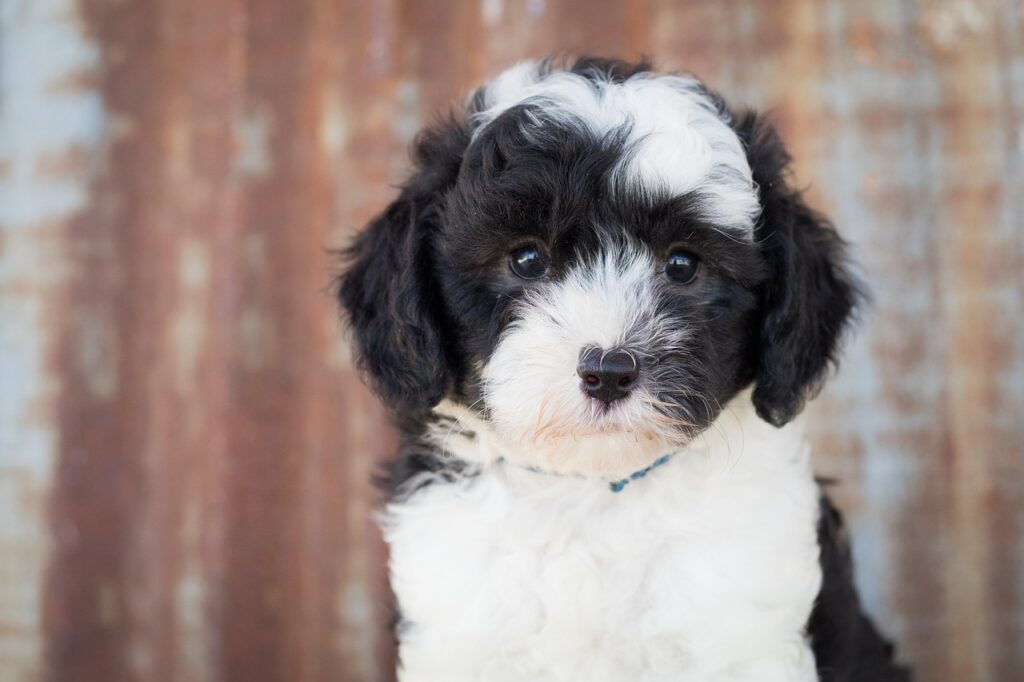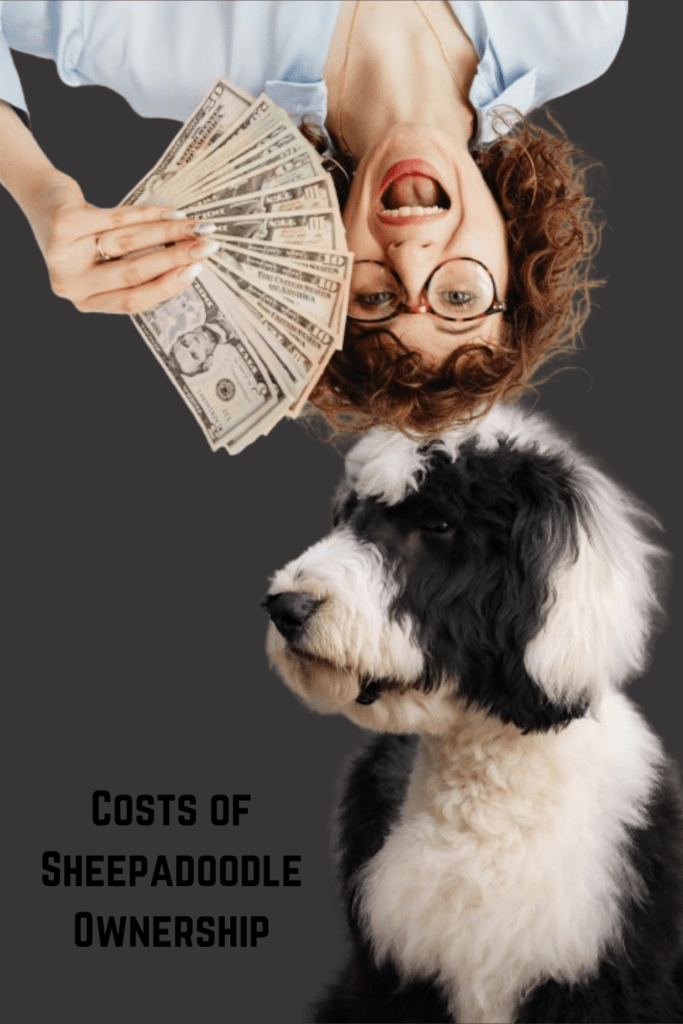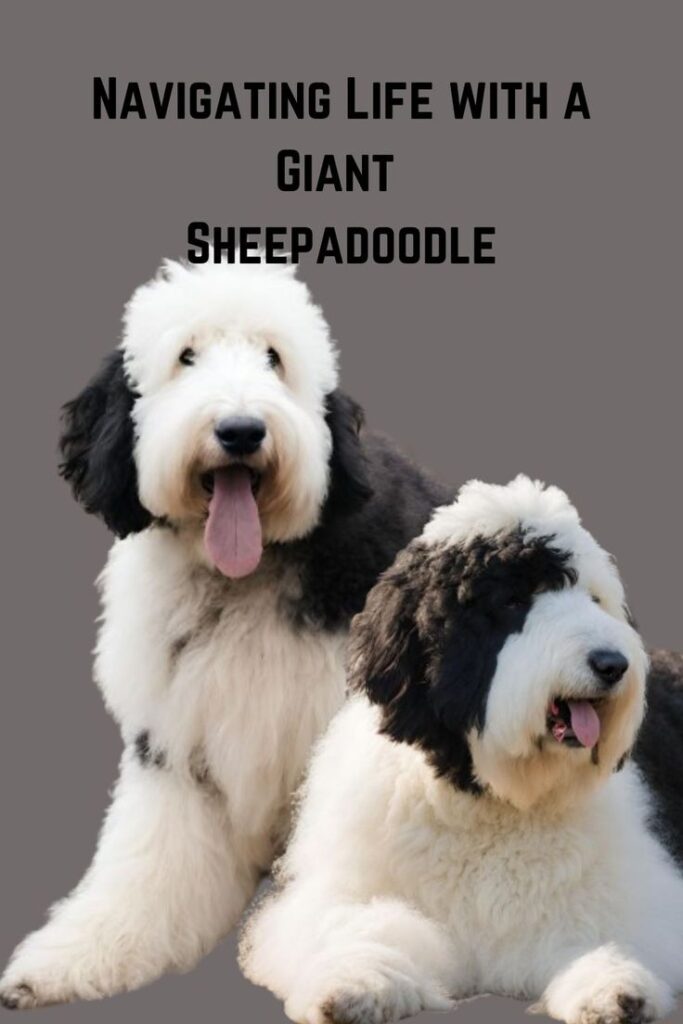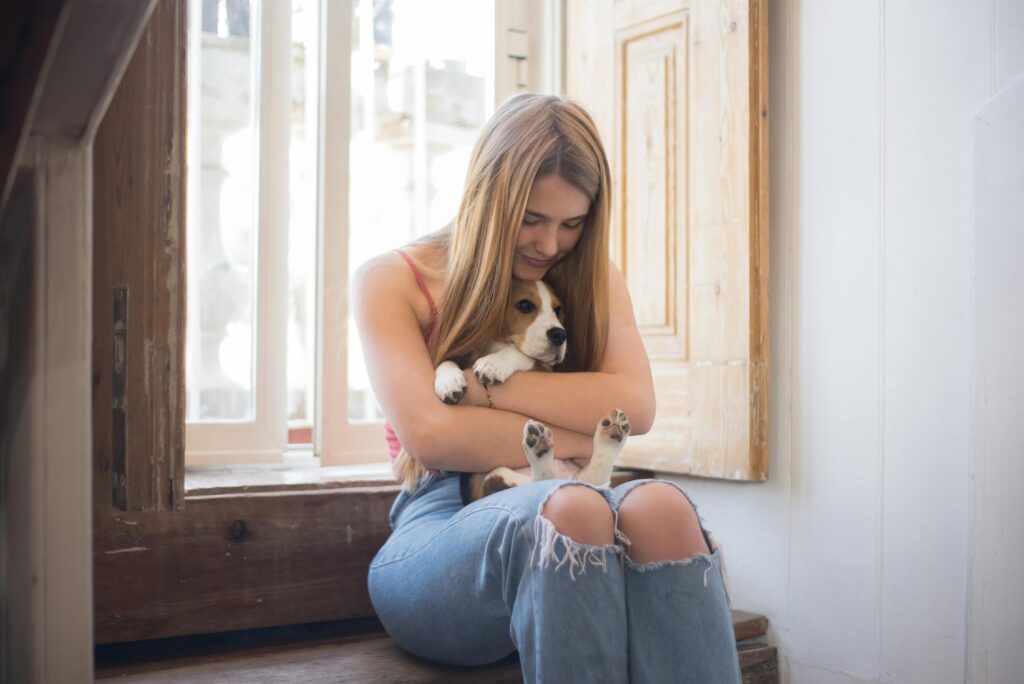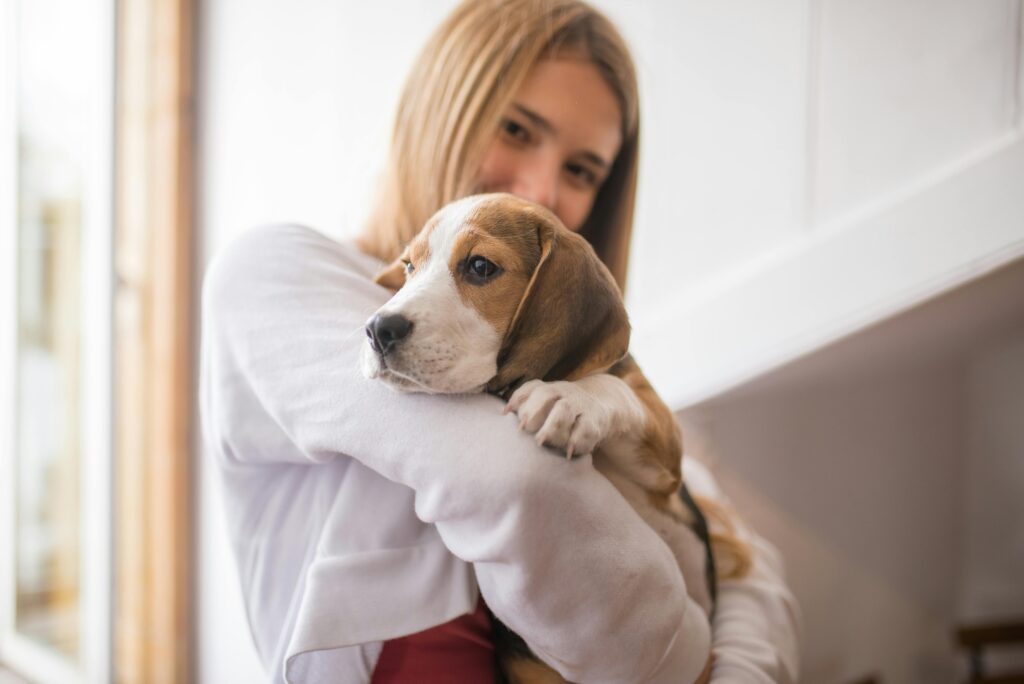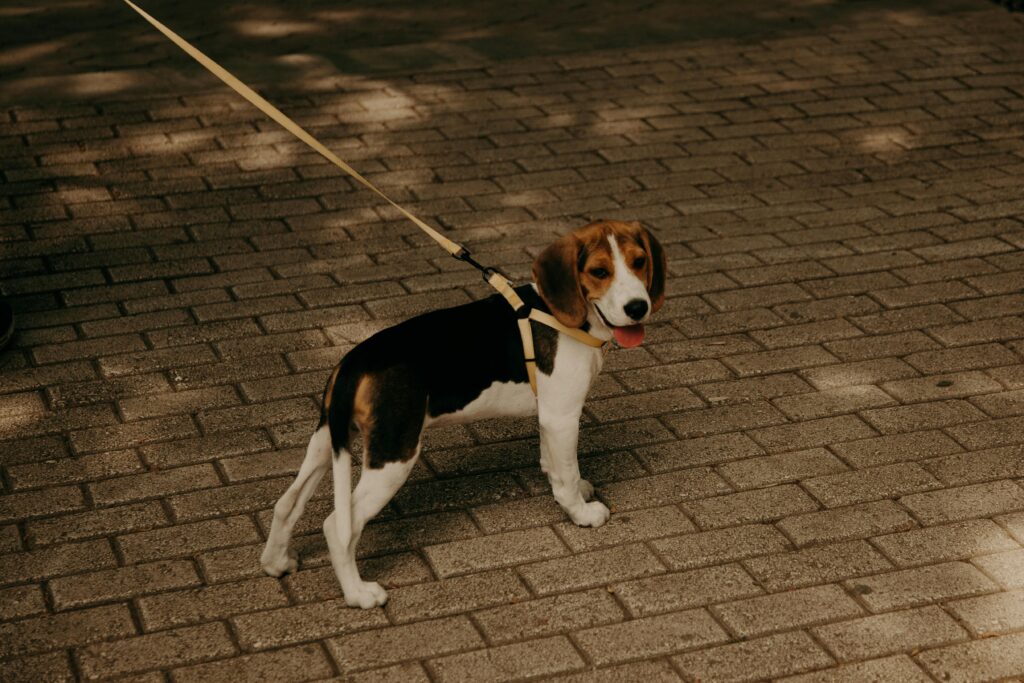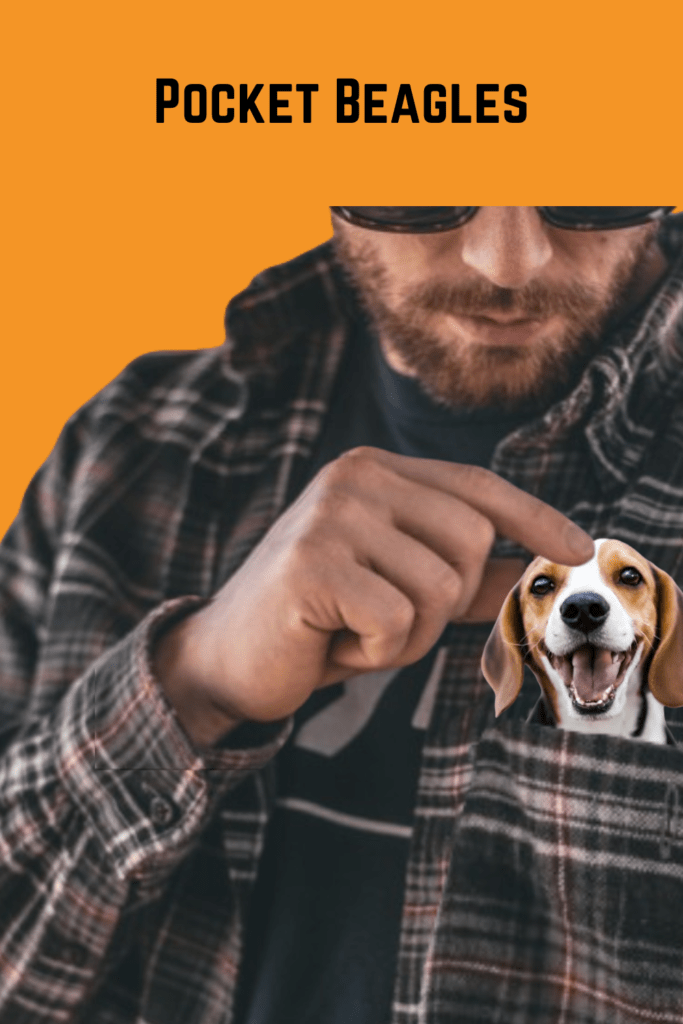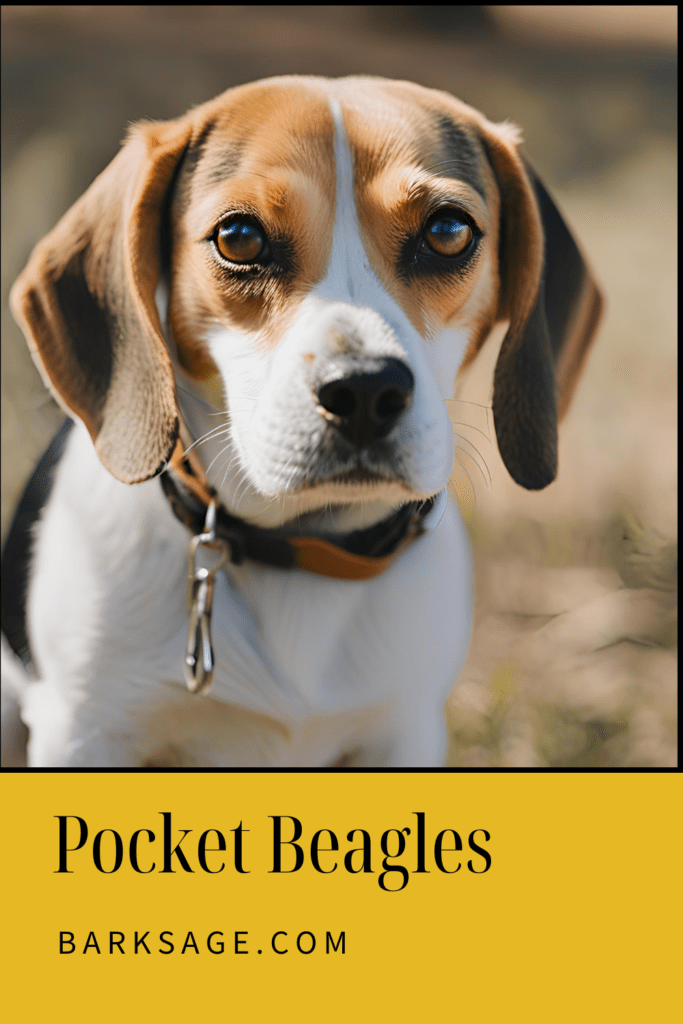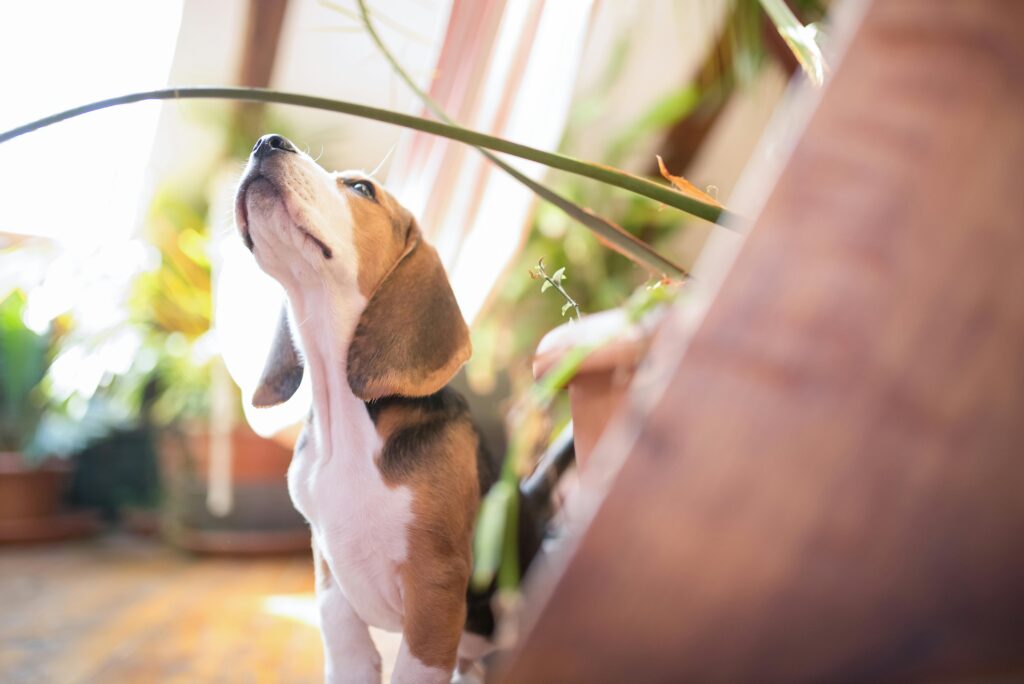Black Labradoodle: Dog Breed Complete Guide 2024
Introduction
Welcome to the world of Labradoodles, where the classic coat color, The Black Labradoodles, takes center stage. In this extensive guide, we’ll delve into the allure of Labradoodle black, exploring the variations, genetics, and unique characteristics that make this coat color so enchanting.
The Allure of The Black Labradoodle
Exploring Solid Black Coats
Uncover the beauty of solid black Labradoodles and their timeless appeal. Delve into the genetics behind the black coat and understand how the expression of this color is inherited. Learn about the nuances that make each solid black Labradoodle unique, from coat texture to the potential for subtle variations.
The Black Labradoodle is a hybrid dog breed resulting from the crossbreeding of a Labrador Retriever and a Poodle, specifically a Standard, Miniature, or Toy Poodle. Labradoodles, in general, were initially bred in Australia in the 1980s to create a hypoallergenic guide dog for individuals with allergies.
The breed’s popularity grew due to its friendly temperament, intelligence, and low-shedding coat, making it suitable for various roles such as therapy and assistance dogs.
The Impact of Genetics on Coat Color
Navigate the intricate world of genetics to understand how coat colors are determined in Labradoodles. Explore the role of dominant and recessive genes in shaping the black coat and gain insights into the hereditary factors that contribute to the consistency of Labradoodle black across generations.
The specific history of Black Labradoodles involves the intentional breeding of black-coated Labradors with Poodles, aiming to produce dogs with desirable traits and a hypoallergenic coat. The coat color and characteristics can vary even within a litter, as Labradoodles may inherit traits from both parent breeds. While black Labradoodles are relatively common, Labradoodles come in various colors, including chocolate, cream, apricot, and more.
It’s important to note that the Labradoodle, including those with black coats, has become popular not only for its hypoallergenic qualities but also for being a loving and versatile companion. As a mixed breed, individual Labradoodles can exhibit a range of traits from both parent breeds, making them unique and diverse in their personalities and appearances.

Shades and Variations
Phantom Black Labradoodles
Embark on a journey into the world of phantom black Labradoodles, where the interplay of colors creates a captivating and mysterious effect. Unravel the genetic factors behind the phantom pattern and discover how this variation adds an extra layer of complexity to the black coat. Explore real-life examples and stories from phantom black Labradoodle owners.
A Phantom Black Labradoodle is a specific coat color pattern found in Labradoodles. The term “phantom” refers to a particular two-tone color pattern where specific markings resemble those of a Rottweiler or a Doberman Pinscher. In a Phantom Black Labradoodle, the primary color is black, and the markings are typically above the eyes, on the sides of the muzzle, chest, legs, and under the tail.
It’s important to note that coat colors and patterns in Labradoodles, including phantoms, can vary widely, as these dogs are a mix of Labrador Retrievers and Poodles. The Poodle influence often contributes to a diverse range of coat types and colors, including solid colors, bi-colors, and patterns like phantom, partI, or merle.
The popularity of Phantom Black Labradoodles is attributed to the unique and striking appearance of this coat pattern. However, when considering a Labradoodle with specific color preferences, it’s crucial to prioritize the dog’s health, temperament, and overall compatibility with your lifestyle. Responsible breeding practices, health screenings, and selecting a reputable breeder are essential factors to consider when acquiring any Labradoodle, regardless of coat color or pattern.
Parti-Color Black Labradoodles
Dive into the delightful world of parti-color black Labradoodles, where splashes of white add a playful and distinctive touch. Explore the genetic mechanisms that result in parti-color patterns and understand how breeders intentionally produce these striking variations. Learn about grooming tips to maintain the beauty of parti-color coats.
Parti-color in Labradoodles refers to a coat pattern that includes two or more distinct colors, with one of the colors being white. In the context of a Parti-Color Black Labradoodle, this typically involves a combination of black and white markings on the coat. The term “parti-color” is often associated with the parti gene, which creates patches of color on a predominantly white background.
In a Parti-Color Black Labradoodle, you might see black patches or spots on a white or cream base. The distribution and size of the black and white areas can vary, creating a unique and visually appealing coat pattern.
It’s essential to note that coat colors and patterns in Labradoodles can be unpredictable, as they are a result of the mix between Labrador Retrievers and Poodles. The influence of the Poodle parent, with its wide range of coat colors and patterns, contributes to the diversity seen in Labradoodles.
If you are specifically interested in a Parti-Color Black Labradoodle, it’s recommended to work with a reputable breeder who can provide information about the coat patterns in their breeding lines. Regardless of coat color, ensure that the breeder prioritizes the health and well-being of the dogs through responsible breeding practices and proper health screenings.
Care and Maintenance
Grooming Essentials for Black Labradoodles
Discover the essential grooming practices to keep black Labradoodles looking their best. From coat brushing techniques to skincare routines, explore the tips and tricks that contribute to the health and aesthetics of Labradoodle black coats. Learn about the impact of diet and environmental factors on coat quality.
Grooming a Black Labradoodle is an important aspect of their care, especially considering their coat type, which is often a mix of Labrador Retriever and Poodle characteristics. Here are grooming essentials for Black Labradoodles:
- Brushing:
- Slicker Brush: Use a slicker brush to remove loose hair and prevent matting. Regular brushing, at least a few times a week, helps maintain the coat’s health.
- Shampoo and Conditioner:
- Hypoallergenic Shampoo: Labradoodles often have sensitive skin, so use a hypoallergenic shampoo to avoid irritation.
- Conditioner: Use a conditioner to keep the coat soft and manageable, especially if your Labradoodle has a curly or wavy coat.
- Grooming Clippers:
- Quality Clippers: If you prefer to maintain a shorter coat, invest in good-quality clippers designed for dog grooming. Ensure the blades are sharp for a smooth cut.
- Ear Cleaning:
- Ear Cleaner: Regularly clean your Labradoodle’s ears using a veterinarian-approved ear cleaner to prevent infections. Check for signs of redness or wax buildup.
- Nail Clippers:
- Dog Nail Clippers: Keep your Labradoodle’s nails trimmed to a comfortable length. Regular nail maintenance is essential for their overall health.
- Toothbrush and Toothpaste:
- Dog Toothbrush and Toothpaste: Dental care is crucial. Brush your Labradoodle’s teeth regularly to prevent dental issues. Use a dog-specific toothbrush and toothpaste.
- Grooming Table and Restraints:
- Grooming Table: Having a grooming table can make the process more comfortable for both you and your Labradoodle.
- Restraints: Use grooming restraints or a grooming arm to keep your dog in place during the grooming process.
- Grooming Scissors:
- Blunt-Tip Scissors: These are useful for trimming around the eyes, paws, and other sensitive areas. Be cautious to avoid injury.
- Detangling Spray:
- Detangling Spray: If your Labradoodle has a longer coat, a detangling spray can help manage knots and prevent matting.
- Towel and Blow Dryer:
- Absorbent Towel: Towel-dry your Labradoodle after bathing. Make sure to dry thoroughly, especially in between skin folds.
- Dog-Safe Blow Dryer: Use a blow dryer designed for dogs to ensure a thorough and safe drying process, especially for curly or dense coats.
Remember to introduce grooming to your Labradoodle from a young age to make it a positive experience. If you are uncertain about any grooming procedure, consult with a professional groomer or your veterinarian for guidance.
Seasonal Considerations
Understand how the changing seasons can influence the appearance of Labradoodle black coats. Explore seasonal shedding patterns, coat density adjustments, and tips for adapting grooming routines to accommodate the unique needs of Labradoodles in different weather conditions.
Seasonal considerations are important when caring for a Black Labradoodle, as different weather conditions can impact their coat, health, and overall well-being. Here are some seasonal considerations:
- Winter:
- Coat Protection: Labradoodles with a shorter coat may need additional protection in cold weather. Consider using dog sweaters or coats to keep them warm during walks.
- Paw Care: Cold surfaces and ice can be harsh on paws. Use pet-friendly paw balms to protect their paw pads from drying and cracking.
- Hydration: Ensure your Labradoodle has access to fresh water, even in colder temperatures. Indoor heating can contribute to dry air, so consider using a humidifier.
- Spring:
- Allergies: Spring can bring about allergies. Watch for signs of allergies, such as itching, red eyes, or sneezing. Consult with a vet if needed.
- Flea and Tick Prevention: Warmer weather increases the risk of fleas and ticks. Use veterinarian-recommended preventatives to protect your Labradoodle.
- Summer:
- Hydration: Hot temperatures can lead to dehydration. Provide plenty of water, especially during outdoor activities.
- Sun Protection: Labradoodles may have non-shedding coats, making them susceptible to sunburn. Use dog-safe sunscreen on exposed areas.
- Exercise Timing: Schedule walks and exercise during cooler parts of the day to avoid overheating.
- Fall:
- Coat Maintenance: As temperatures drop, Labradoodles may develop thicker coats. Increase grooming sessions to manage shedding and prevent matting.
- Joint Care: Older Labradoodles may experience joint stiffness in cooler weather. Consider joint supplements and adjust exercise accordingly.
- Year-Round:
- Regular Veterinary Check-ups: Maintain regular veterinary check-ups regardless of the season to address any health concerns promptly.
- Nutrition Adjustments: Consider adjusting your Labradoodle’s diet based on their activity level and any seasonal changes in their weight or health.
Adjusting care routines based on seasonal variations helps ensure your Black Labradoodle remains comfortable and healthy throughout the year. Regular monitoring, preventive measures, and adapting to their specific needs during each season contribute to their overall well-being.

Conclusion
As we wrap up our exploration into the enchanting world of Labradoodle black, we invite you to share your thoughts, experiences, and questions in the comments below. Whether you’re a Labradoodle owner or an admirer of this remarkable breed, your input contributes to the collective knowledge and appreciation of Labradoodles. Let’s continue celebrating the elegance and charm of Labradoodle black together!




